Baby buttock erythema: How to recognize and treat it?

The buttock erythema, also known as dermatitis of the layer, is a common condition in babies. It can cause a lot of discomfort to your toddler.
What is gluteal erythema?
The gluteal erythema is an irritation of the skin in the region covered by the layer. It manifests itself by redness, rashes and sometimes open wounds. This problem is frequent in babies from birth and especially between 9 and 12 months, when their skin is still very sensitive.
How to recognize the buttock erythema?
The signs of the buttock erythema are generally easy to identify:
Redness : The skin becomes red and irritated, mainly on the buttocks, thighs and the genital region.Skin rashes : Small red spots or bumps may appear.
Dry or squamous skin : Sometimes the skin may seem dry or peel.
Sensitivity : Your baby can show signs of discomfort or cry during layer changes.
Open wounds : In more serious cases, wounds or blisters can form.
What are the causes of gluteal erythema?
Several factors can contribute to the buttock erythema:
-
Humidity : Urine and stool can irritate the skin if they remain in prolonged contact with it.
-
Friction : The constant friction of the layers can cause irritation.
-
Irritating products : Some baby wipes or bath products can irritate the delicate skin of your little treasure.
-
Food : The introduction of new foods can change the composition of stools, causing irritation.
How to treat the buttock erythema?
Here are some simple steps to treat and prevent buttock erythema:
1. Change layers frequently
Make sure you change your baby's diapers regularly to prevent moisture and irritants from contacting your skin. Opt for natural layers from The little cheeky. They will take care of his fragile skin.

2. Clean
Use lukewarm water or our cleaning water To clean the affected area. Avoid wipes containing alcohol or perfumes that can further irritate the skin.
3. Dry thoroughly
After cleaning, gently dry the skin with a clean towel. Make sure the skin is completely dry before putting a new layer.
4. Use a protective cream
Apply a thick layer of cream or ointment to create a protective barrier between the skin and humidity.
5. Let the skin breathe
Leave your baby without a layer for short periods throughout the day to allow your skin to breathe and stay dry.
6. Avoid irritating products
Choose hypoallergenic and perfume -free baby products. The Monjour toilet range Take care of the sensitive skin of your toddlers.

7. See a doctor
If the gluteal erythema does not improve after a few days of home treatment, or if it seems to worsen, consult your pediatrician. It may be an infection requiring drug treatment.
By following these tips, you can not only treat the buttock erythema but also help prevent its appearance. Remember that the key is to keep your baby's skin clean and dry while using soft products suitable for its sensitive skin.
The Monjour team
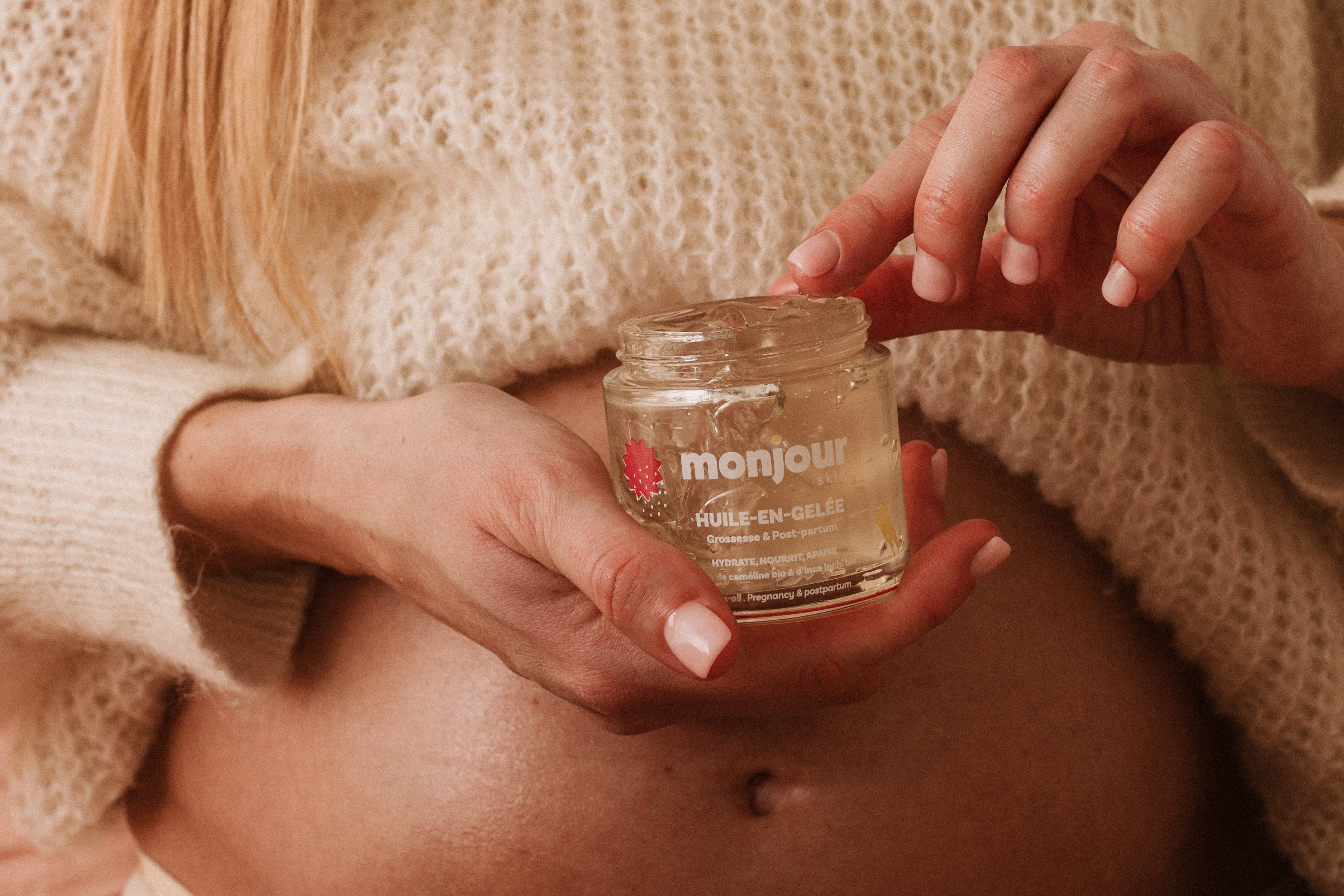
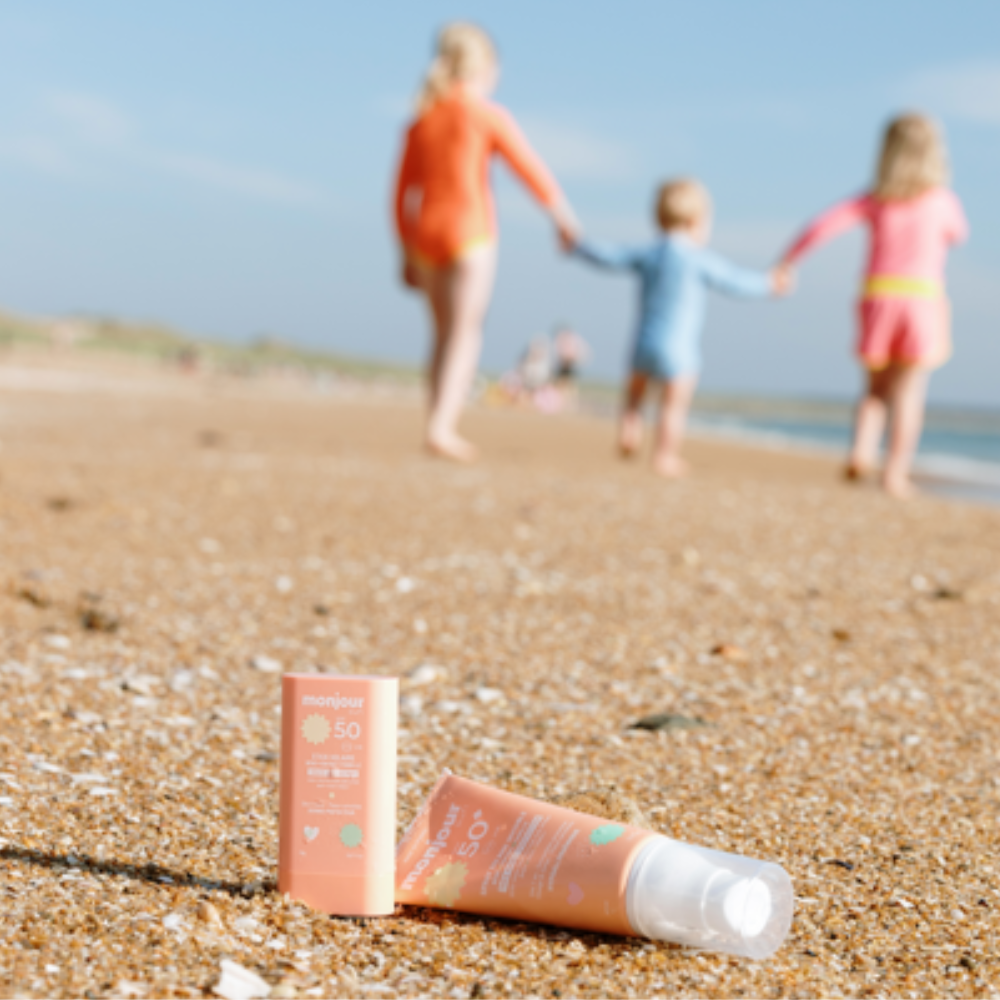
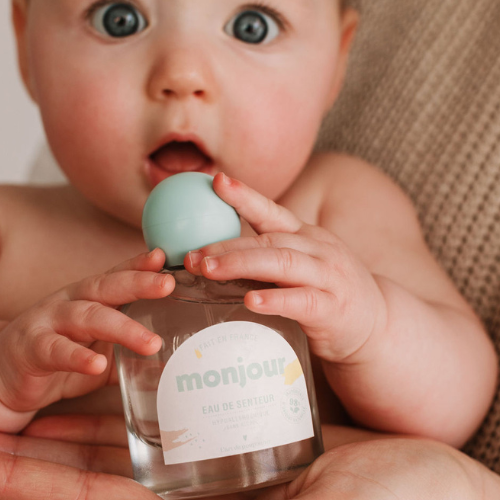
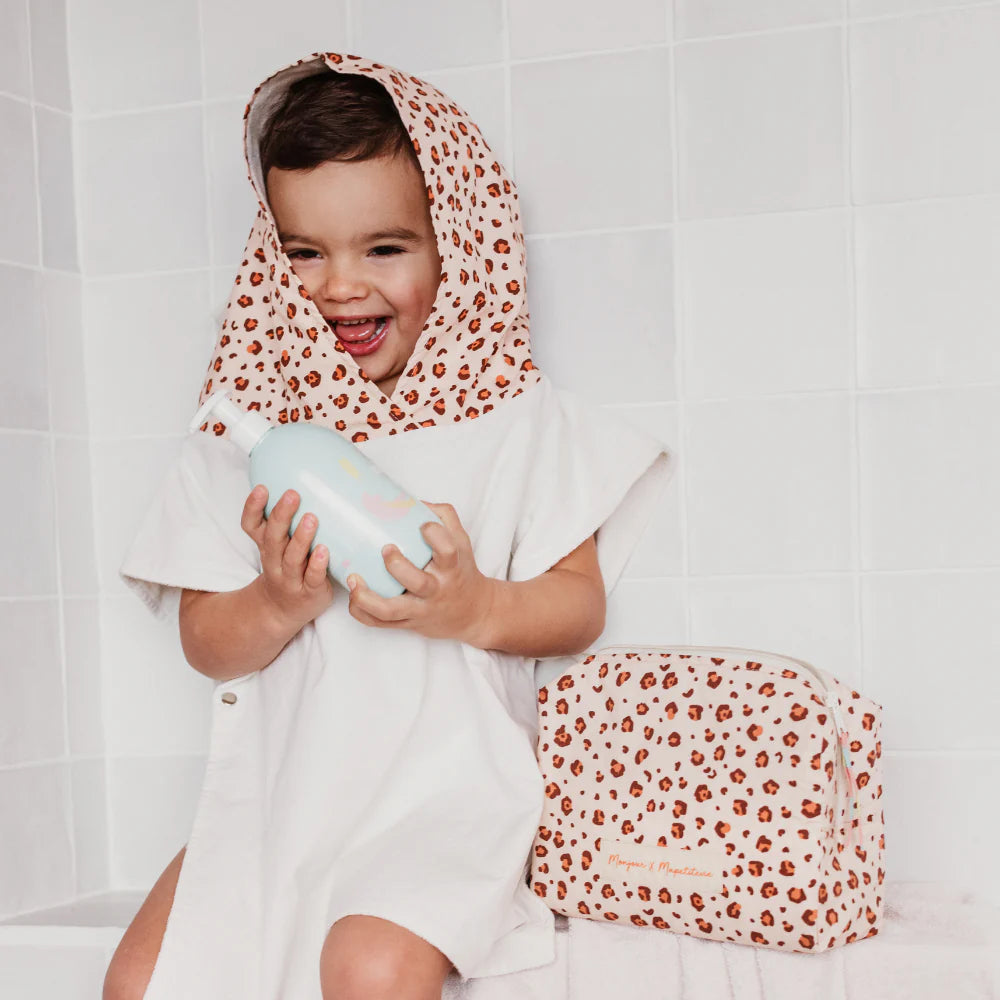


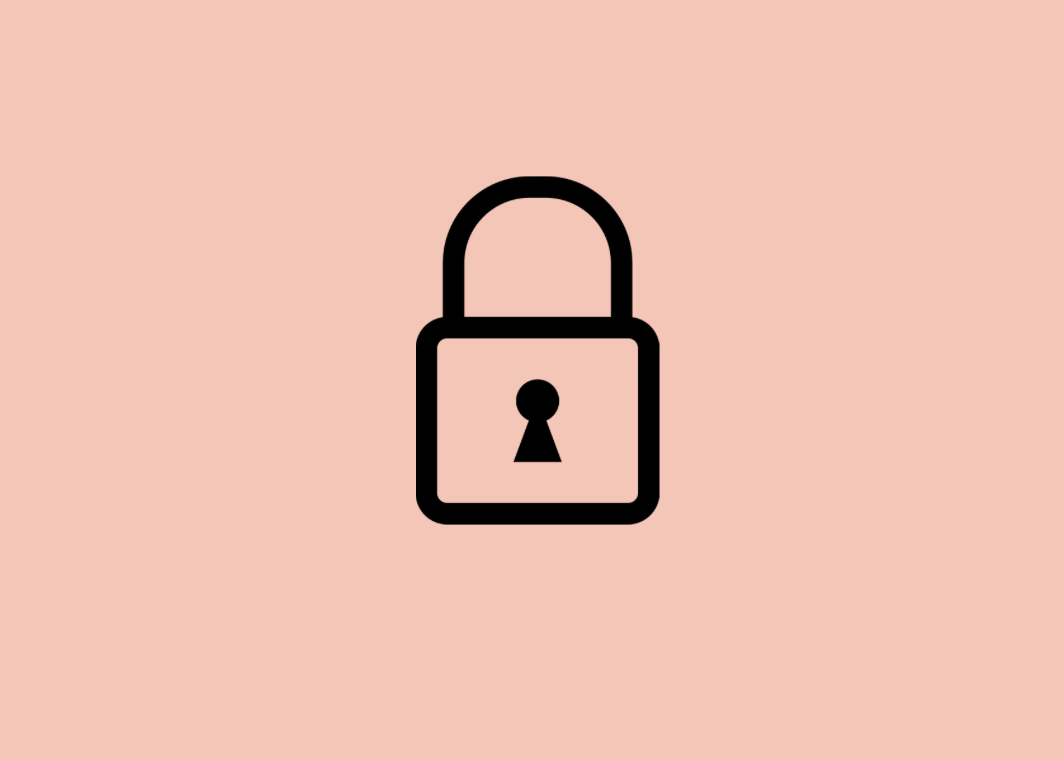


Leave a comment